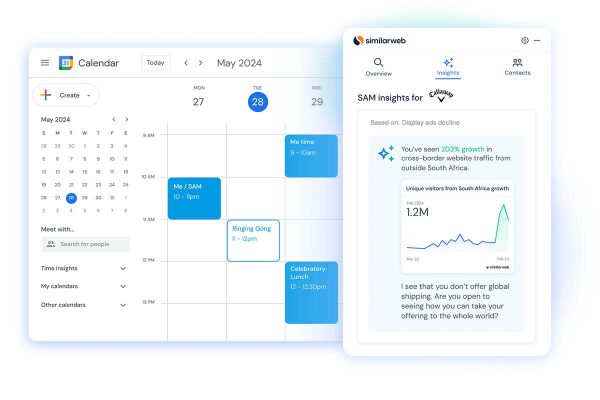How should retailers develop their strategies to stay ahead of the competition in 2019? Today Tamebay is looking at automation, predictive analytics and wider tech, which according to Jon White, managing director of InXpress need to form a vital part of retailers’ 2019 strategies.
Automating the order lifecycle
The order lifecycle from discovery to checkout to delivery can pass through several hands before it reaches the consumer. This not only opens room for more error and miscommunication, but slows down the process, and can lead to low customer satisfaction and a bad reputation.
“Automation only boosts productivity. We’re not just talking robots in warehouses, but a combination of software, hardware and the human element. In 2019, slow spreadsheets, manual order entry and other redundant tasks will begin to phase out even more with the rise of automated tools, shipping processes and booking systems. Automation is commonly used by bigger retailers, but small to medium-sized enterprises (SMEs) must take advantage of automation in order to achieve a competitive advantage.”
Predictive analytics to understand customer behaviour
The hurdle of big costs has made retailers skip out on predictive analytics. Yet the benefits of the method are endless and completely justify the investment.
“Predictive analytics brings you to the heart of the customer. You can gain insight into customer behaviour, habits, preferences, and ultimately predict what people are looking for. We’re not minding readers, but with predictive analytics, we can get as close as humanly possible to being one, and get access to the most relevant results and make sure your marketing is effective to users. Ever wondered why there are always so many crazy promotions right before your payday? It’s not rocket science, it’s predictive analytics. We will see more companies latching onto this to boost their supply chain.”
Don’t bet big on drone delivery (just yet)
Amazon have been promising drone delivery for the past three years, with its futuristic system Prime Air. But we still have yet to see a swarm of mini flying robots with parcels dangling from them on our commute.
“Yet legislation and logistics need to work together in 2019 to analyse the best way to implement drone deliveries. Current legislation requires drone operators to only fly within line of sight, restricting a lot of deliveries. Plus, logistically, technology needs to figure out how to prevent near-misses, interferences and electronic hijacking. There’s still some way to go before we see the Amazon-style drone deliveries, but 2019 will be the year that we see more progress, with UK government debating it and laws potentially changing.”







